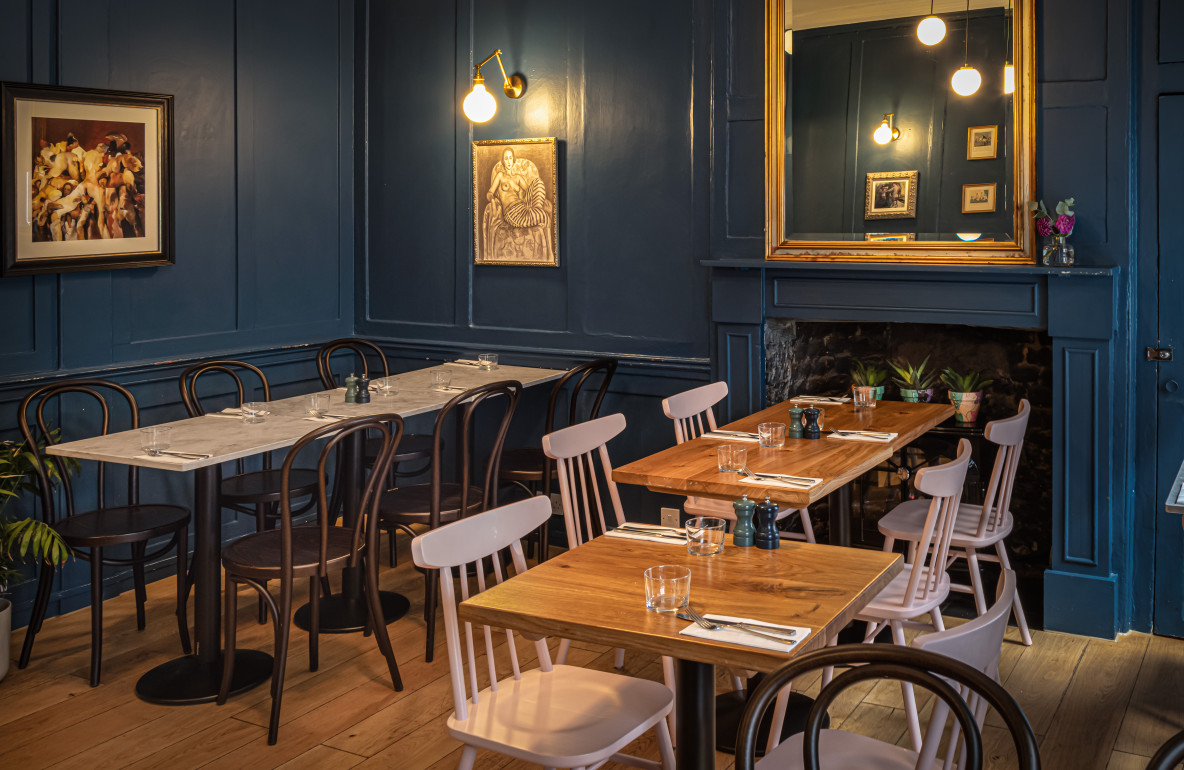3 Things To Consider When Planning a Listed Building Renovation: Insights From ecsec and StudioARIN

Revitalising a heritage building is a delicate task that hinges on the combined expertise of seasoned fit-out professionals and innovative design approaches. Enter ecsec, a leader in the fit-out sector, and StudioARIN, an interior design studio known for its sensitive and inventive touch when it comes to historical properties. Together, the partnership brings a vast pool of experience and a shared dedication to conserving the integrity, history and unique nuances of heritage sites.
Here we'll explore the top three critical considerations that are essential when planning a listed building renovation - from the importance of respectful, well-considered proposals to navigating the intricate planning process and executing site works with meticulous attention to detail.

1. The importance of respecting heritage
Listed buildings are more than just architectural feats; they are stories captured in stone and wood, bridging history with the here and now. At ecsec, working alongside StudioARIN, our projects are more than just assignments; they are a tribute to our appreciation for history and architecture. It's not just about renovations or restorations; it's about connecting with the past, understanding its significance, and ensuring these landmarks stand proudly for future generations. Our approach is guided by a dedication to maintaining the essence and character of each building, ensuring that while they may evolve in function, their souls remain untouched.
Almost every listed building renovation is filled with formalities and a fair bit of red-tape, not least when it comes to submissions. At ecsec, we understand that renovating listed buildings is a journey requiring not just time but a deep respect for history. This is why collaborating with a heritage or planning consultant is crucial. Their expertise doesn’t just streamline the application process—it uncovers the unique challenges of preserving historical integrity within the modern regulatory framework. Through their specialised insight, we navigate these complexities, ensuring each project not only meets legal requirements but honours the very essence of the structures.

2. The importance of sympathetic design
It's always important to prioritise sympathetic design when modifying historical buildings. This philosophy ensures that any changes are in harmony with the building's original structure and purpose. Projects that adhere to this principle serve as testimonials to the building’s architectural heritage while also introducing functionality and contemporary appeal. This approach preserves the spirit of the building with every alteration, creating a balance between honouring the past and embracing the future.
3. Careful management of site works
The renovation of listed buildings is a delicate task that requires attention and a nuanced approach, so it's important to keep detailed documentation of changes, particularly through photographic records. This achieves a dual purpose: maintaining a detailed historical log for the property owner and establishing a transparent line of communication with planning authorities. Ensuring every modification aligns with approved plans is crucial.

Conclusion
The renovation of a listed building is more than a construction project; it's a commitment to the stewardship of our architectural heritage. The collaboration between us and StudioARIN exemplifies how a respectful, well-informed approach can breathe new life into listed building renovations.
Are you contemplating the renovation of a listed building? Reach out to us and StudioARIN for a partnership that guarantees a blend of expert fit-out capabilities and visionary interior design, all while honouring the heritage and history of your space.


